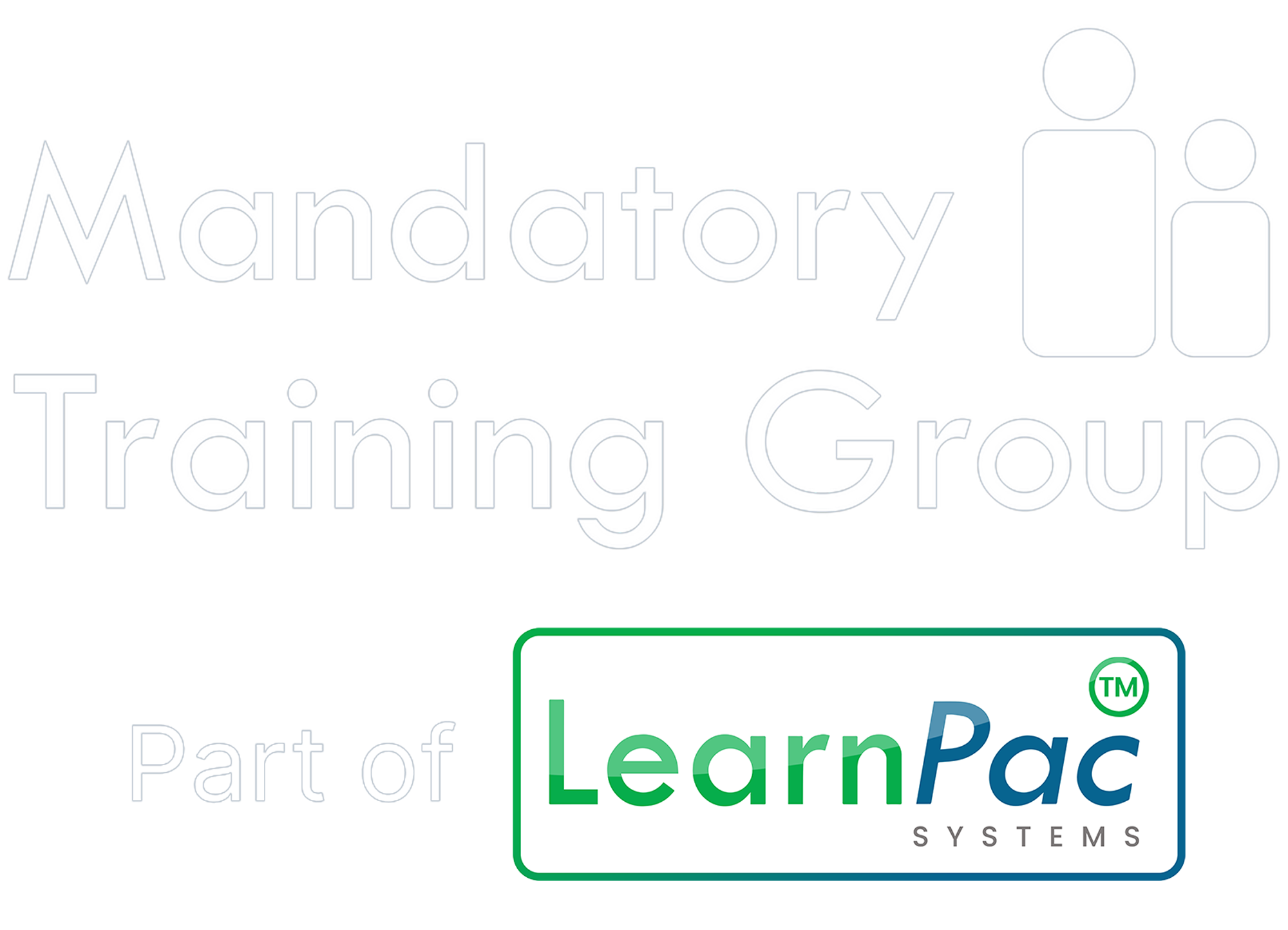You have no items in your shopping basket.
Elsie Rodas
26-05-2025
Smarter training, stronger outcomes: Why blended learning works
Image by The Mandatory Training Group
Discover how blended learning combines flexibility, compliance, and real-world application to help regulated services train smarter and scale with confidence.
In today’s regulated environments, across healthcare, social care, education, and public services, the demand for high-quality, compliant training is unrelenting. Yet resources are tight, workforce pressures are growing, and one-size-fits-all approaches no longer suffice.
Blended learning offers a proven, practical solution. By combining the reach of e-learning with the effectiveness of in-person training, this approach enables organisations to scale training without sacrificing quality or compliance. More importantly, it helps teams learn in ways that are flexible, engaging, and directly relevant to their roles.
Drawing on my background as a registered nurse working across both clinical and community settings in the NHS and private sector, I’ve seen firsthand how blended learning transforms training from a tick-box activity into a strategic workforce tool.
In this blog, let’s unpack what makes blended learning effective and how your organisation can make it work.
What is blended learning?
Blended learning is a training model that integrates digital learning tools with instructor-led teaching. In real terms, this means combining:
- Self-paced e-learning (videos, quizzes, digital assessments)
- Instructor-led sessions (in person or live virtual).
Rather than forcing a choice between online or face-to-face learning, this model gives you the best of both:
- Scalability and convenience through online delivery
- Depth, discussion, and hands-on practice through classroom training.
It’s especially powerful in settings where workforce availability, shift patterns, and regulatory oversight must all be balanced, making it ideal for compliance training, clinical skills, and leadership development.
Why blended learning delivers better results
Blended learning works because it’s:
- Learner-centred - It meets people where they are
- Flexible - It fits around busy schedules and diverse learning needs
- Practical - It enables real-world application through practice, feedback, and reflection.
This approach also supports continuous improvement. With the right digital tools, you can collect learner data, assess training effectiveness, and adjust your delivery accordingly, ensuring training stays relevant and impactful.
The core elements of an effective blended learning strategy
Blended learning works best when each element plays its part - from digital foundations to practical delivery and robust evaluation. Here’s what your strategy should include:
1. E-Learning as the foundation
E-learning modules provide the theoretical building blocks. To be effective, your digital content should be:
- Interactive and concise (e.g., microlearning videos)
- Mapped to clear learning outcomes
- Accessible on all devices
- Trackable via a Learning Management System (LMS).
Example - In our Basic Life Support Train the Trainer course, learners first complete online modules covering key topics like resuscitation guidelines and equipment handling before attending a practical skills session.
2. Instructor-Led Training (ILT)
Instructor-led training, delivered face-to-face or virtually, adds vital depth. It gives learners the opportunity to:
- Practice key skills
- Engage in discussion and reflection
- Build confidence through group work and simulation.
This component is critical for training areas where competence must be demonstrated, such as moving and handling, safeguarding, or emergency response. It’s also essential for building soft skills like communication and teamwork.
3. Assessment and feedback
Blended learning should incorporate both:
- Formative assessment (e.g., knowledge checks, Q&A)
- Summative assessment (e.g., practical demonstrations, digital exams).
These assessments must align with:
- Your organisation’s internal competency frameworks
- External standards such as CQC, Ofsted, or Skills for Care.
Feedback loops, through surveys, trainer observations, or peer reviews, are vital for tracking progress and refining training delivery.
4. Trainer resources and digital support
For blended learning to succeed, internal trainers must be equipped with:
- High-quality materials
- Clear delivery frameworks
- Ongoing digital support.
At The Mandatory Training Group, we provide full trainer packs that include:
- PowerPoint slides and lesson plans
- Assessment templates and checklists
- Evaluation forms and certification tools.
These are accessible via our ComplyPlus™ LMS and TMS, ensuring a consistent training experience, especially for trainers who aren’t subject matter experts in every area.
Practical applications across regulated sectors
Here’s how blended learning is already transforming training in key sectors:
Healthcare and social care
Meets CQC compliance requirements by blending online theory (e.g., infection prevention, safeguarding) with in-person training in skills like catheterisation, basic life support, or moving and handling.
Education and public services
Supports mandatory training in safeguarding, behaviour management, and health and safety through digital refreshers combined with collaborative workshops, minimising disruption while meeting high regulatory standards.
Corporate and third sector
In areas like finance or non-profits, it allows teams to meet training requirements (e.g., GDPR, equality and diversity) without pulling staff away from key operations. Leadership programmes can blend e-learning with live coaching or mentoring.
Avoiding common pitfalls in blended learning
Blended learning only works when implemented thoughtfully. Avoid these traps:
- Treating e-learning as a tick-box
- Use engaging, interactive, and regularly updated content
- Neglecting trainer development
- Provide trainers with structured materials and platform support
- Using disconnected systems
- Use platforms like ComplyPlus™ LMS and TMS that link e-learning, attendance, feedback, and reporting in one place
- Forgetting the learner experience
- Build in time for questions, discussions, and reflection across all formats.
A shift towards a learning culture
Blended learning is more than a training technique. It’s a mindset shift. It reframes training from a compliance obligation to a strategic investment in service quality, staff development, and long-term sustainability. By embracing blended learning, organisations can:
- Upskill teams faster and more effectively
- Meet inspection requirements with confidence
- Support leadership and career progression
- Maintain continuity of operations - even under pressure.
For organisations with limited capacity or resources, this approach offers a scalable path to delivering high-impact training that doesn’t compromise on quality or compliance.
Build a smarter, scalable training strategy with blended learning
At The Mandatory Training Group, we help regulated organisations deliver impactful, compliant training through a blended approach that combines flexibility, real-world application, and quality assurance. From in-house practical sessions to digital learning and internal trainer development, we offer complete solutions to meet your training goals.
Our support includes:
- CPD-accredited Train the Trainer programmes aligned to CQC, Ofsted, and Skills for Care standards
- Comprehensive trainer packs with lesson plans, assessments, and certification tools
- ComplyPlus™ LMS & TMS to unite e-learning, attendance, feedback, and compliance reporting
- On-site, in-house statutory & mandatory training, tailored to your workforce, minimising disruption and travel
Explore our Train the Trainer programmes, discover ComplyPlus™, and book practical in-house training to find how blended learning can help your organisation upskill faster, stay compliant, and deliver lasting impact.
About the author
Elsie Rodas
Since its inception, Elsie, a vital pillar at LearnPac Systems, has seamlessly crafted and implemented commercial strategies as part of the Senior Management Team, fueling accelerated growth and profitability. With over two decades in various healthcare settings, she possesses deep insights and fine-tunes our offerings to meet client needs exceptionally.

Contact us
Complete the form below to start your ComplyPlusTM trial and transform your regulatory compliance solutions.




